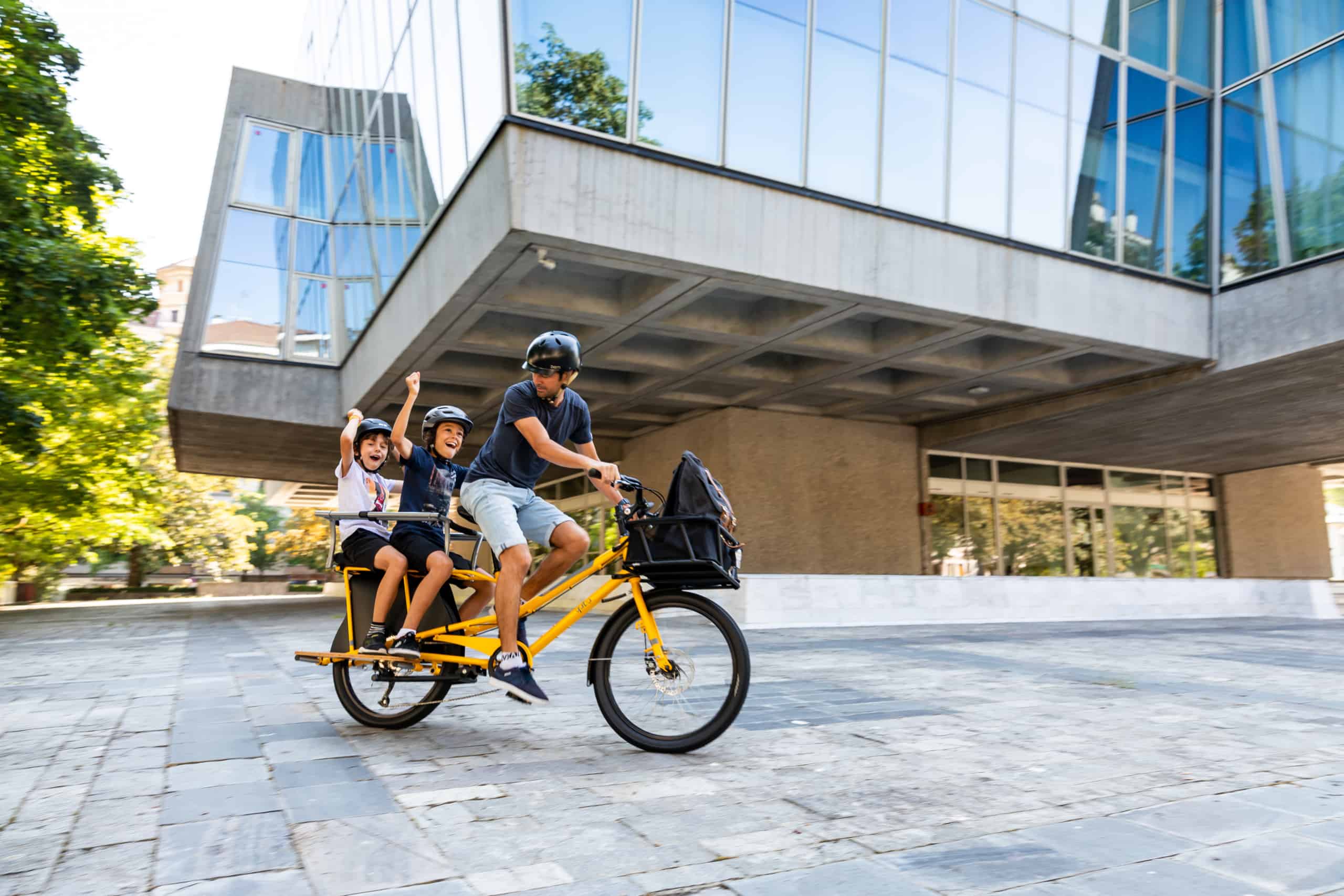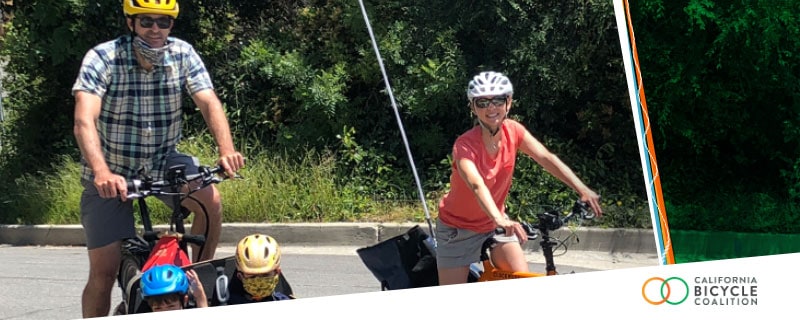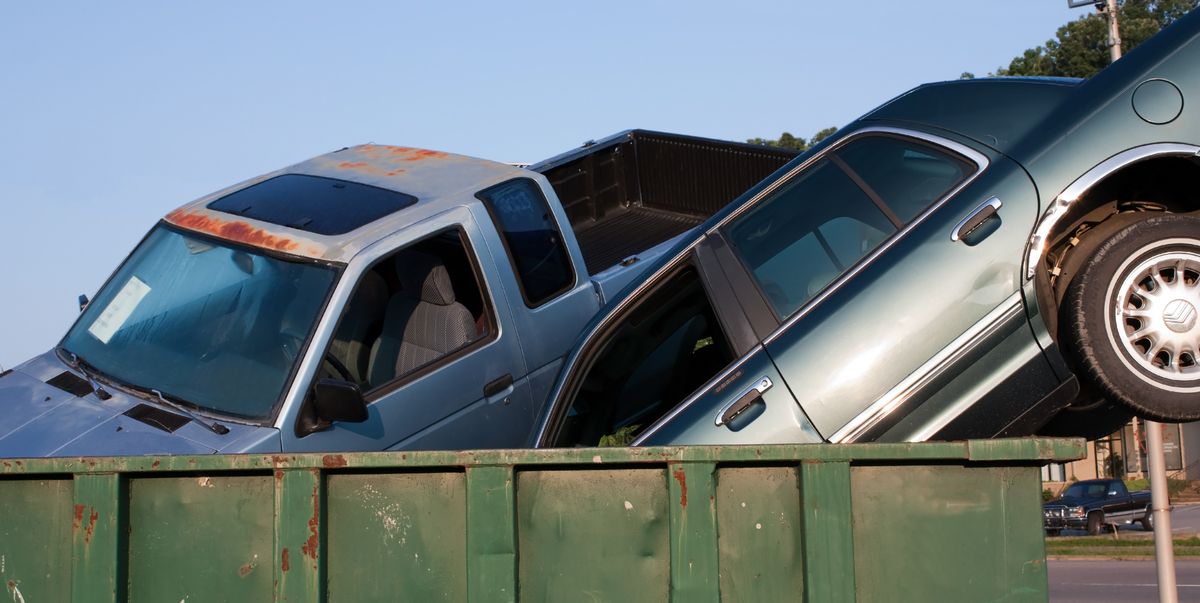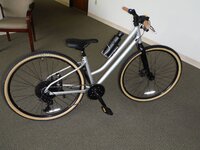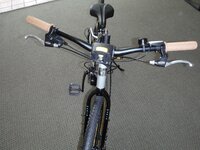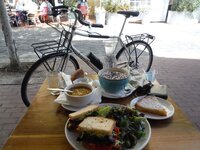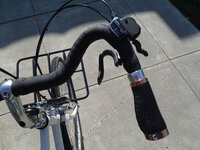Ravi, just a little background on congestion. With latent demand, there is always a sizeable workforce waiting to take the place of any replaced trips. So if x people decides to use bikes (ie maybe 2% of all trips) instead of their car, there will always by x+1 willing to take the place of those replaced trips. So if that x figure is largely travelling between 8 a.m. and 9 a.m. (the cyclists would likely be the most local commuters), those who are leaving at 7 a.m., even 6 or 5 a.m., might now leave later and fill those spaces. If we focus on congestion reduction, we'll always be disappointed. So urbanists argue that the goal should not be to reduce congestion, but give people the most options and to make transportation more equitable; with many options, if you decide to drive, then you should pay the full cost of that decision.
If anything, urbanists argue that traffic congestion is a sign of a healthy economy. One major change California is undertaking is moving away from LOS (level of service) which measures how long it takes someone to go from points A to B, and instead use other measurable indicators, like quality of life that a change in transportation can bring. LOS has been disastrous for bicycles/active transportation because they don't measure the impact adding a lane to a road has on active transportation.
One example of induced demand was the adding a lane to the I-405 through Los Angeles. They predicted it would shave about 10 minutes off a commute. By the time it was built, more housing was added along the 405 by developers looking to sell it as an easier commute and more people were willing to take jobs farther away (based on the promise of an easier drive). The day the lane officially opened, the trip was 1 minute longer. People argued "imagine what would have happened had they not built it" but that argument is weak. Highway lanes can only carry ~2,000 cars/hour. But a heavy rail line can carry upwards of 100,000 people/hour. So the answer is always, if there is congestion, to build rail and better active transportation options, not widen roads.
Most trips in the US are less than 3 miles. If we wanted more drastic change, we need to add congestion pricing and even Vehicle Miles Traveled pricing. We take the excess funding and improve active transportation. That will immediately force people to reconsider whether driving that half mile to run an errand is worth it (or at least bundle trips for more efficiency). This would also entice delivery people to use ebikes instead of trucks, and it would also balance the argument that people choose to buy big heavy vehicles because they will have to pay more of the damage associated with their "market choices" (since most road maintenance is taken from general fund, the market mechanisms are not really "choices" in the market sense).
